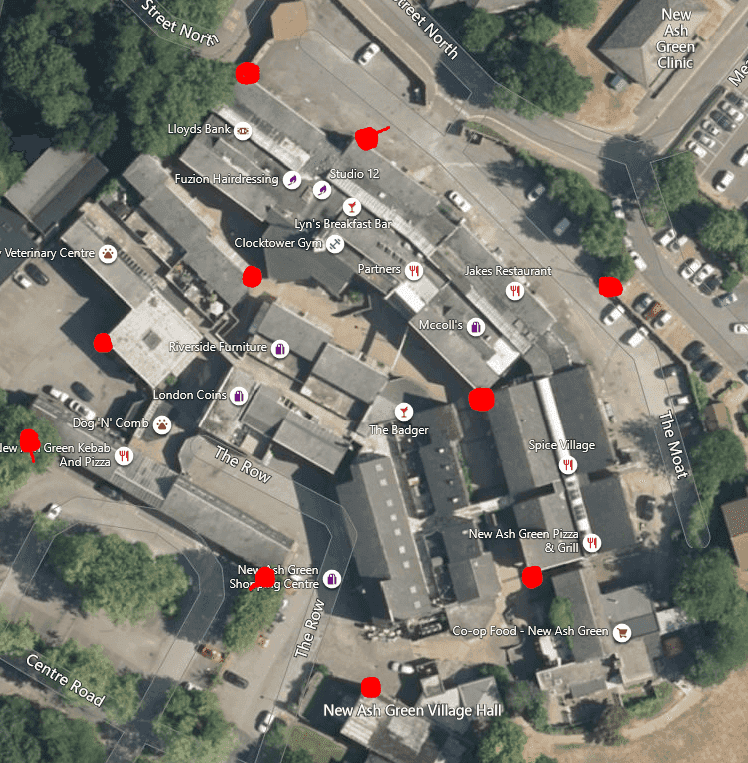Review of SDC surveillance camera network.
The report of the Scrutiny Committee CCTV working group

The Cross Party Working group of Sevenoaks District Council’s Scrutiny committee has now published its report examining SDC’s camera network. I would encourage those with the time to do so, to read the full report (page 1 of the report is page 39 of this document).
Clearly people’s underlying view on cameras will vary, some will say “nothing to hide nothing to fear”, others will be concerned about the financial cost (perhaps about other potential uses for the £400k per year which SDC spends on the camera systems), some would oppose mass-surveillance on privacy grounds, even if there were no financial cost. Others might be in favour of reducing the camera network if they thought crime levels would not be adversely affected, while still others might be in favour of expanding the network, subject only to financial constraints.
The underlying views represented within the working group (of four Councillors who conducted the review) were similarly diverse.
The group took evidence from council officers, from the Police, and also from Dr. Emmeline Taylor of City of London University, who produced an academic review of evidence for the effectiveness of camera systems (see page 81 of the reports pack).
The group was interested to note that in most of the cases deliberately chosen for us by the CCTV service, the utility of cameras was minimal at best (see page 15 of the report).
The group also proposed a number of unanimous (and therefore compromise) recommendations, which can be read on pages 22-25 of the report.
The only clear recommended reductions in surveillance capacity that we were able to agree concerned cameras and (shockingly) fairly extensive audio recording, within both public and non-public areas of the SDC building. However, serious questions are raised in the report about the whole network and, in particular, the three camera systems located beyond Sevenoaks and Swanley (including the New Ash Green cameras).
An interesting local aspect was that, as part of the review, we discovered that the cupboard under the stairs in the clock tower (which contains the relay computer for the New Ash Green system) was left open and unsecured for at least a month (only actually being secured due to our review). It is not clear whether this would have allowed unauthorised extraction (or infiltration) of data from (or into) the system but it would, of course, have allowed any member of the public to switch this system off and on (see page 37 of the report).
Sadly, the resolution passed by Scrutiny committee was watered down further from the compromise recommendations of the report.
For example, Scrutiny Committee is now only asking the Cabinet to “consider” removing audio surveillance hardware and there seemed to be an attempt to argue that the absence of audio recording in the reception area would put council staff behind the reception desk in some kind of danger(?!)
Some people would prefer never to reduce surveillance systems. They may claim this is out of fear that crime would rise. But, perhaps their greater fear is that it wouldn’t, and that this would generate further calls for surveillance reduction.
Note on Redacted pages:
The group took a (majority) decision to redact a number of pages, published as appendices available to councillors, but not published publicly.
These redacted pages included:
A. Maps of camera locations (though four out of five of these maps had already been put into the public domain and were available on the council's website from 2013 to early 2021 - indeed these maps can still be found online for Edenbridge, Sevenoaks, Swanley and Westerham) and the locations are listed (just not mapped) on page 27 of the publicly available report.
B. Details of exactly when the camera control room is unmanned (though much of this information on this is given on page 7 of the publicly available report)
C. A little more detail on the five items of exemplar footage provided by the Council’s Camera service (most of this information is, however, given on page 13 of the publicly available report)